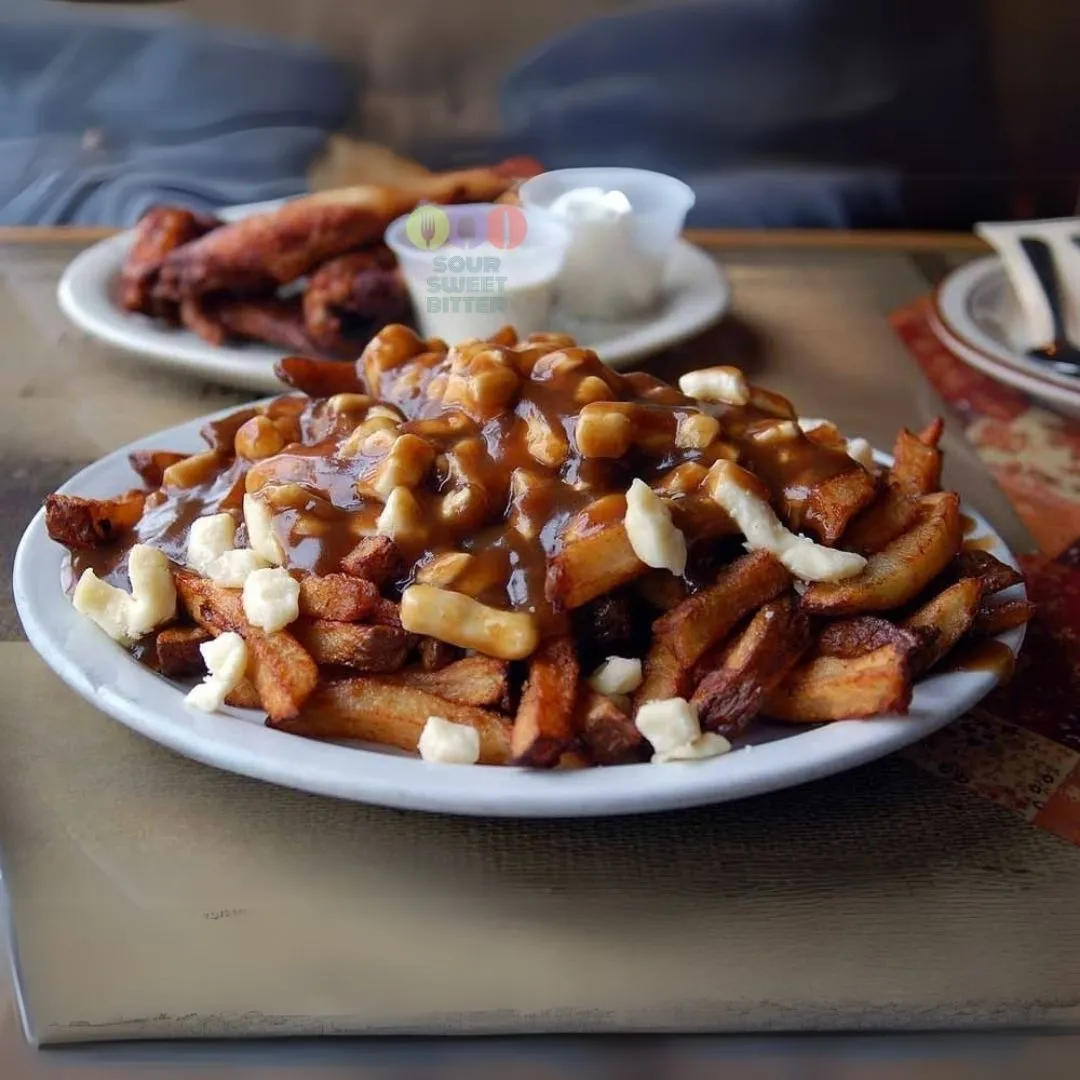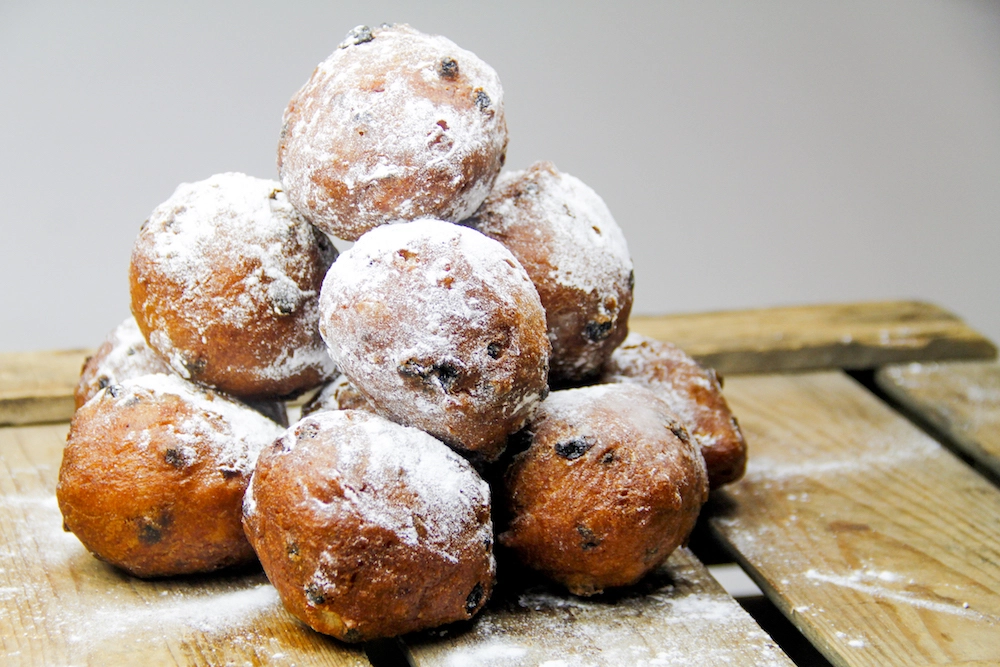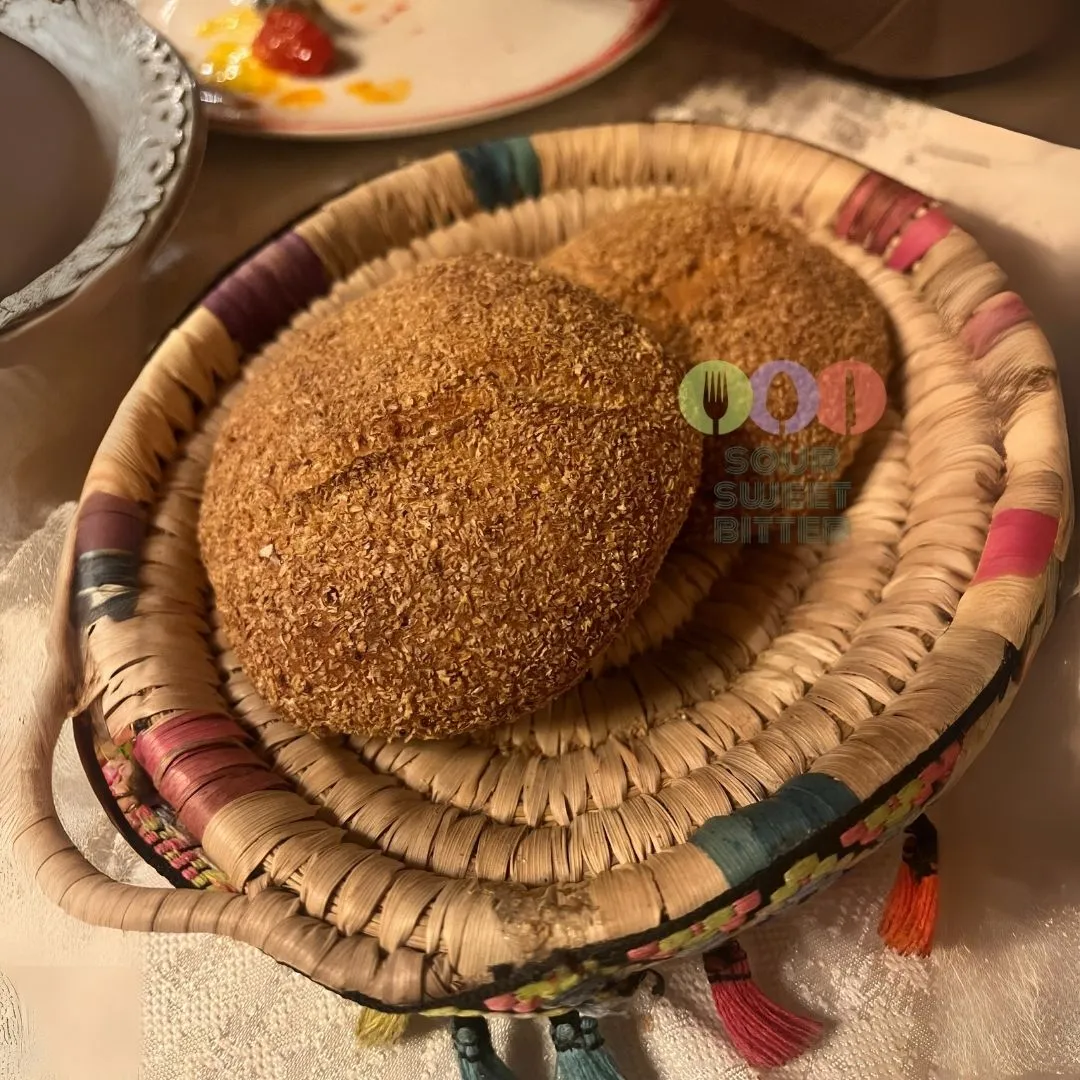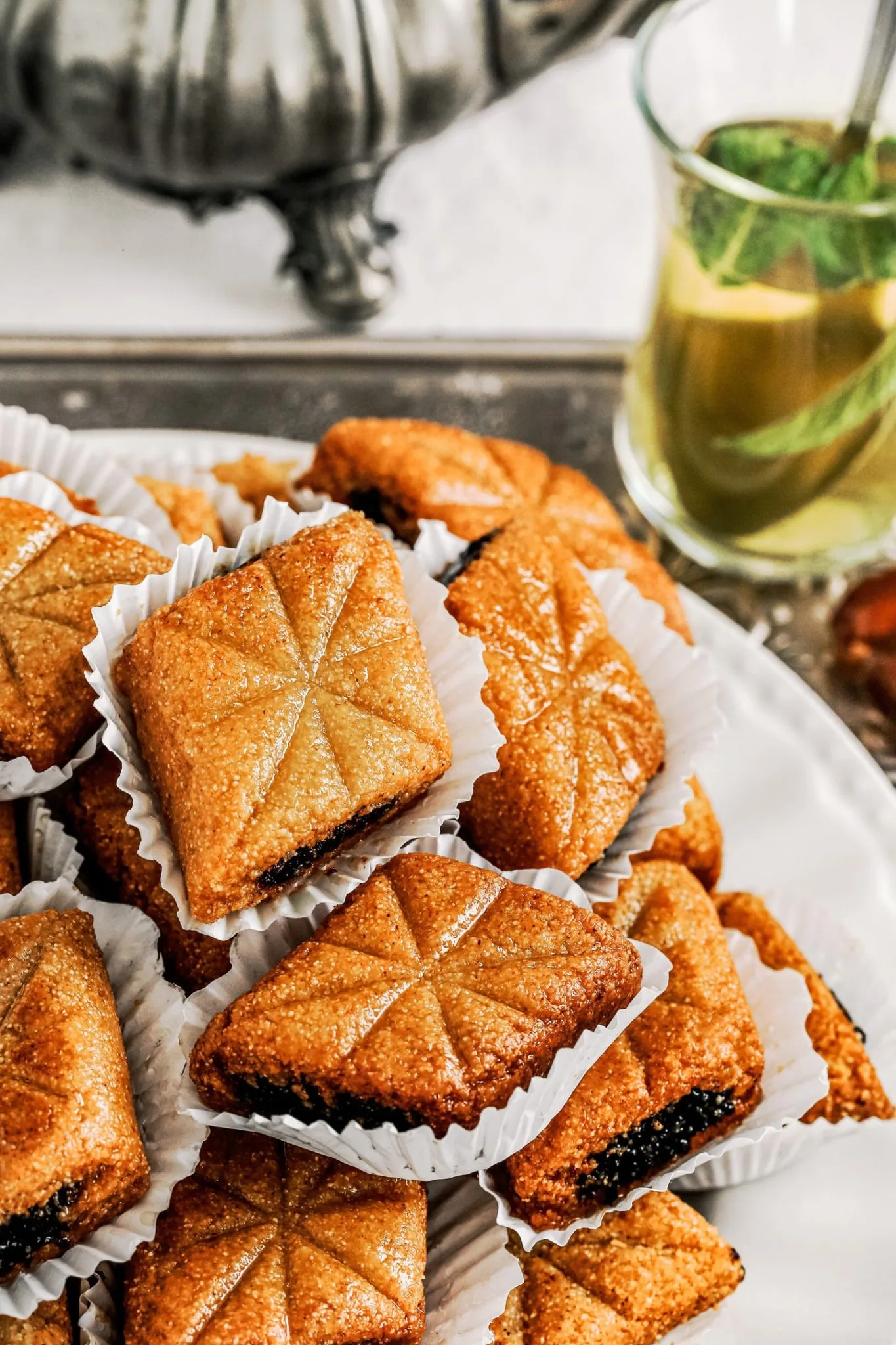Oliebollen: A Beloved Dutch Tradition
Oliebollen, often referred to as Dutch doughnuts, are an integral part of the Netherlands’ culinary heritage. These deep-fried treats, typically filled with raisins or apples and dusted with powdered sugar, play a key role in Dutch holiday celebrations, especially around New Year’s Eve.
A Historical Delight
The origins of this traditional treat trace back centuries. Some historians connect it to ancient Germanic groups that prepared similar fried pastries during Yule, a midwinter festival. Over time, the recipe developed into the oliebollen we know today, symbolizing Dutch festivity during the holiday season.
In medieval times, the fried dough was a popular choice during winter feasts when food was scarce. Its dense, energy-providing texture made it an ideal winter dish. The name “oliebol,” meaning “oil ball,” directly refers to how these delicious doughnuts are prepared.
A New Year’s Eve Tradition
Today, these doughnuts are synonymous with Dutch New Year’s Eve, known as “Oud en Nieuw” (Old and New). Families gather to make large batches as part of their celebration, believing that eating them brings good luck for the coming year. As fireworks light up the sky, people share oliebollen with friends and family, making the tradition even more special.
Seasonal Stalls and Competitions
From November to January, stalls selling these fried dough balls appear throughout Dutch towns and cities. Vendors serve them fresh and warm, often filled with unique ingredients like chocolate or cream. They are especially popular during winter markets and fairs.
There is even an annual competition called the “Oliebollen Test,” which crowns the best baker in the country. Winning this prestigious event can significantly boost a bakery’s reputation, making the competition highly anticipated each year.
A Global Favorite
Thanks to Dutch immigrants, this traditional treat has spread internationally. In regions with Dutch communities, especially in North America, many still prepare oliebollen during the holiday season, continuing the tradition abroad.
A Symbol of Togetherness
More than just a festive snack, these doughnuts represent celebration and togetherness. Whether bought at a street stall or made at home, they evoke warmth and nostalgia during the colder months. Although most commonly associated with New Year’s Eve, they are also enjoyed at festivals and winter events across the Netherlands.
Discover Traditional Dutch Recipes Discover Traditional Recipes from Europe You may like this also: Mexican Buñuelos 🎄 See More Christmas Recipes 🎄Instruction
Ingredients
Instructions
-
Soak the currants in water for 15 minutes. Stir the dried yeast and sugar into the milk and let it soak for a while.
-
Sift the flour into a mixing bowl and add a pinch of salt. Slowly pour in the milk with yeast and beat with a mixer with dough hooks until a sticky batter forms. Mix in the egg and then stir in the currants. Cover the bowl with a damp cloth and let it rise for 60 minutes. The batter should approximately double in size.
-
Heat the sunflower oil to 180 degrees. Using spoons moistened with oil (or an ice cream scoop), scoop a ball of batter into the fat. After a few seconds, you will see the doughnut get a little bigger and float to the top.
-
Turn regularly. After about 6 minutes, the doughnuts will be golden brown and cooked through. Drain them on kitchen paper and sprinkle with icing sugar.
-
Enjoy your homemade Dutch Oliebollen! Eet smakelijk!
Note
Tips:
Soak the currants in rum for a nice taste.
Let the dough rise at room temperature, if the temperature is too warm it rises too quickly and too many bubbles appear in the batter, if the temperature is too low the dough rises too little.
Use golden renettes for oliebollen with apple, these are nice and firm and sour and give a fresh taste to the oliebol.
The batter is very sticky, so use 2 spoons moistened with oil to slide the batter into the oil.
How do you store oliebollen?
Store oliebollen for a maximum of 3 days in a sealed bag or box or freeze them (maximum 2 months). Warm them up again for a few minutes in the oven (after defrosting).












